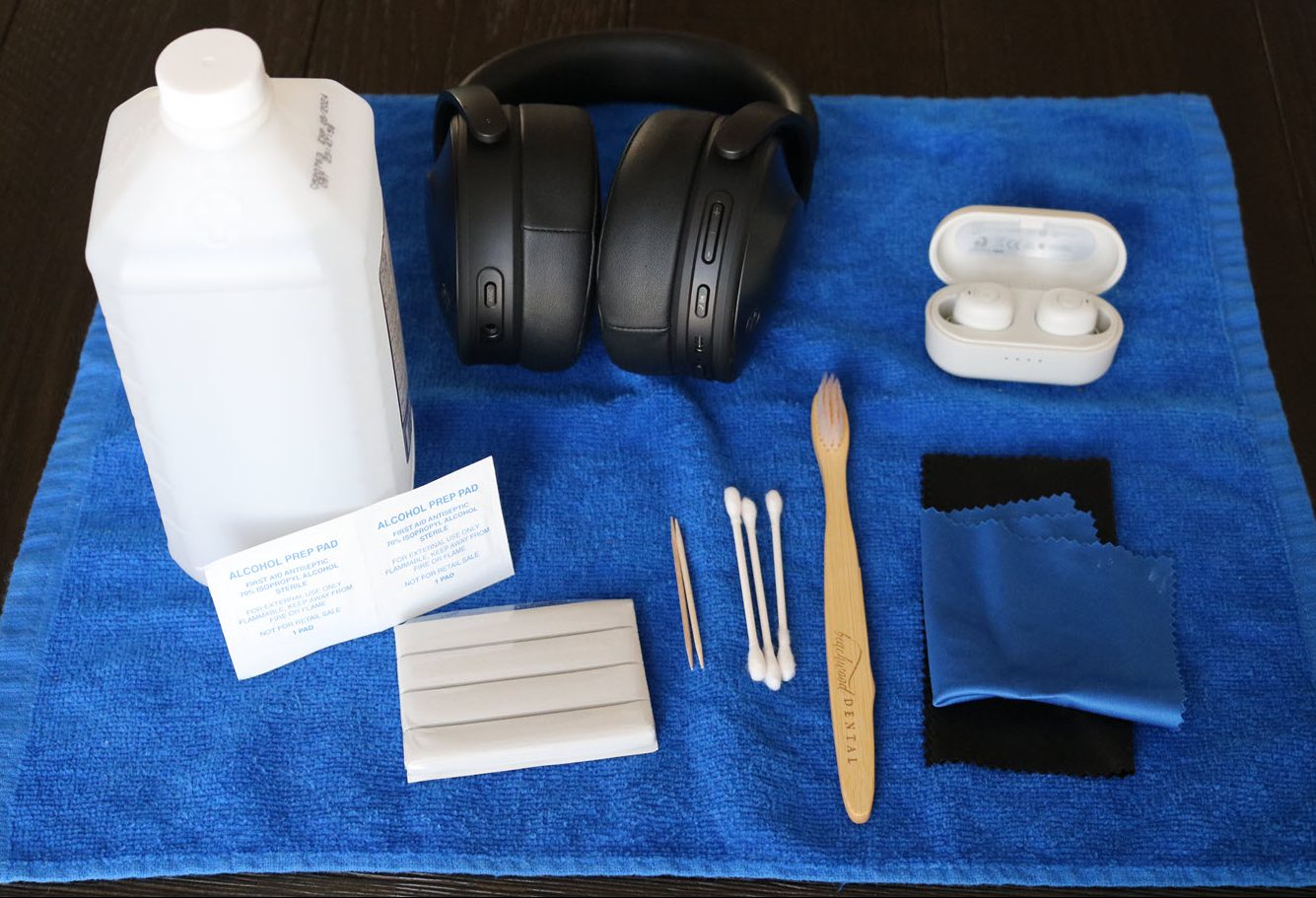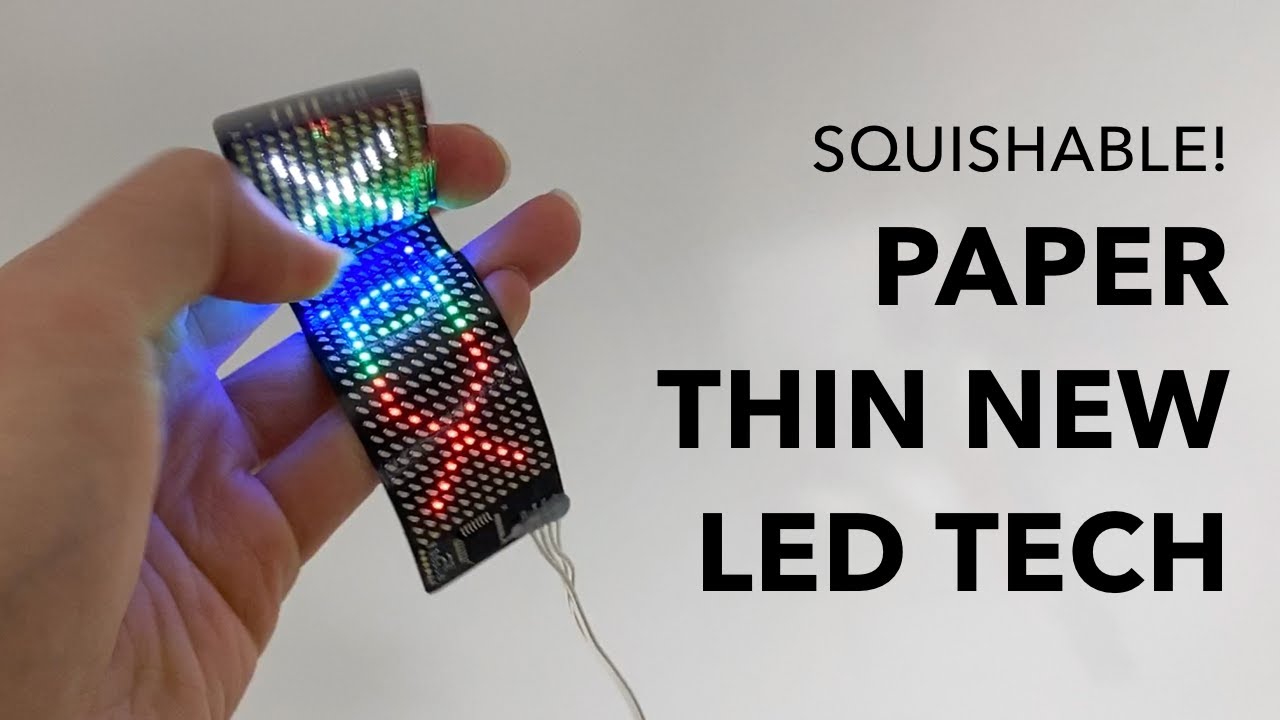
Daimler Truck Unveils Revolutionary Autonomous EV Technology
On May 20, 2024, at the bustling ACT Expo show, Daimler Truck showcased its cutting-edge battery-electric Freightliner eCascadia technology demonstrator, marking a significant step towards the future of commercial trucking. This innovative truck merges zero-emission capabilities with advanced autonomous driving technology, promising to redefine long-haul logistics.
 Daimler Truck’s advance into autonomous vehicle solutions.
Daimler Truck’s advance into autonomous vehicle solutions.
A Leap Towards Automation and Sustainability
The Freightliner eCascadia, based on a fully electric production model, is equipped with Torc Robotics’ sophisticated autonomous driving software and state-of-the-art Level 4 sensor technology. While this model is currently a research and advanced engineering project, Daimler Truck envisions a future where such technology will satisfy the operational demands of logistics fleets.
John O’Leary, the President and CEO of Daimler Truck North America, expressed the company’s commitment to innovation, stating:
“By combining zero-emission and autonomous technologies in one product, we are testing solutions for challenges our customers are likely to face in the future.”
He emphasized the importance of proactive development and collaboration with customers to ensure that their operations can continue to thrive well into the future.
Testing the Waters of Hub-to-Hub Applications
Currently, the eCascadia is undergoing testing in hub-to-hub applications, designed to travel autonomously between freight centers along well-defined U.S. highway corridors. This strategy seeks to explore the integration of zero-emission vehicles with autonomous infrastructure. Notably, the concept proposes that charging stations could also serve as autonomous freight hubs, enabling simultaneous charging and loading, thus significantly enhancing operational efficiency.
 The future of freight transportation: electric and autonomous.
The future of freight transportation: electric and autonomous.
Paving the Way for 2027
Joanna Buttler, the Head of Global Autonomous Technology Group at Daimler Truck, highlighted their ambitious timelines, revealing:
“Together with Torc, we are making significant progress towards introducing autonomous trucks in the U.S. by 2027.”
Buttler noted that while the initial rollout will involve traditional propulsion technology, the company is looking well beyond this launch.
In her remarks, she indicated an iterative approach to development, testing, and optimization of their electric and autonomous technologies, focusing on the most promising use cases in partnership with fleet operators. This approach underscores Daimler’s commitment to meeting future challenges in transportation through innovative solutions.
The Need for Collaborating and Learning
As Daimler Truck ventures further into the realm of electric and autonomous technologies, it reflects a broader industry trend towards sustainability and efficiency in commercial transport. The insights derived from real-world testing and customer collaboration are fundamental to refining these technologies. This strategy not only aims to enhance freight operations but also to adapt to evolving regulatory environments and customer expectations regarding emissions and efficiency.
 Exploring the landscape of future transport solutions.
Exploring the landscape of future transport solutions.
Conclusion
Daimler Truck’s introduction of the Freightliner eCascadia technology demonstrator at the ACT Expo is a remarkable step in the journey toward an autonomous and sustainable commercial transportation future. As they continue testing and refining their technology, the integration of electric and autonomous solutions may soon revolutionize logistics, providing fleets with the tools necessary to meet the demands of a rapidly changing market. Daimler’s proactive strategy demonstrates their readiness not just to adapt but to lead in the evolving landscape of freight transportation.
By exploring innovative options like integrated charging and loading systems and advancing autonomous driving capabilities, Daimler Truck exemplifies a forward-thinking approach crucial for the future of global logistics.












